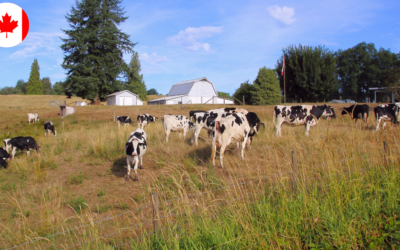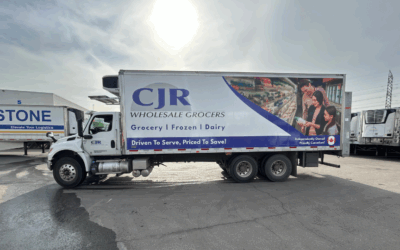If you’ve ever hosted visitors from outside Canada or even from other provinces, you might have encountered puzzled looks and questions about why milk in certain regions, particularly Ontario, comes in plastic bags. Let’s delve into the history and reasons behind this unique packaging choice.
The Introduction of Milk Bags in Canada
In the late 1960s, Canadian dairy producers began experimenting with plastic milk bags as a cost-effective alternative to traditional glass bottles. This shift was largely influenced by the impending metrication in the 1970s, which required a transition from imperial measurements to the metric system. Retooling existing equipment for glass bottles or plastic jugs to accommodate metric sizes was an expensive endeavour. In contrast, plastic bags could be resized more easily and economically, facilitating a smoother transition during this period.
Adoption and Regional Preferences
The adoption of milk bags was not uniform across Canada. They gained widespread acceptance in parts of Ontario, Quebec, and the Maritime provinces. However, in Western Canada, Newfoundland and Labrador, and the territories, milk bags are no longer widely sold.
Environmental and Economic Considerations
Milk bags have been lauded for their environmental benefits. Compared to plastic jugs or cartons, producing milk bags consumes approximately 20% to 30% less energy and uses about 75% less plastic. Additionally, their lightweight nature reduces transportation energy costs. However, a downside is that milk bags can be more challenging to recycle, potentially leading to increased plastic waste if not properly managed.
Global Usage of Milk Bags
Canada is not alone in its use of milk bags. Countries such as India, China, Israel, Russia, Ukraine, Iran, Colombia, Uruguay, Argentina, Hungary, South Africa, and even some parts of the United States also utilize this packaging method. This widespread adoption underscores the practicality and efficiency of milk bags in various contexts.
Conclusion
While bagged milk may seem unusual to those unfamiliar with it, this packaging method offers several advantages, including cost-effectiveness and environmental benefits. Its adoption in certain Canadian regions is a testament to the country’s adaptability and commitment to efficient resource use.
Ready to stock up on fresh, high-quality dairy products, including milk in bags? Shop with us at DairyCentral— your trusted source for premium dairy wholesale in Ontario. We’re proud to support sustainable, locally sourced dairy that meets the highest standards for quality and freshness.










